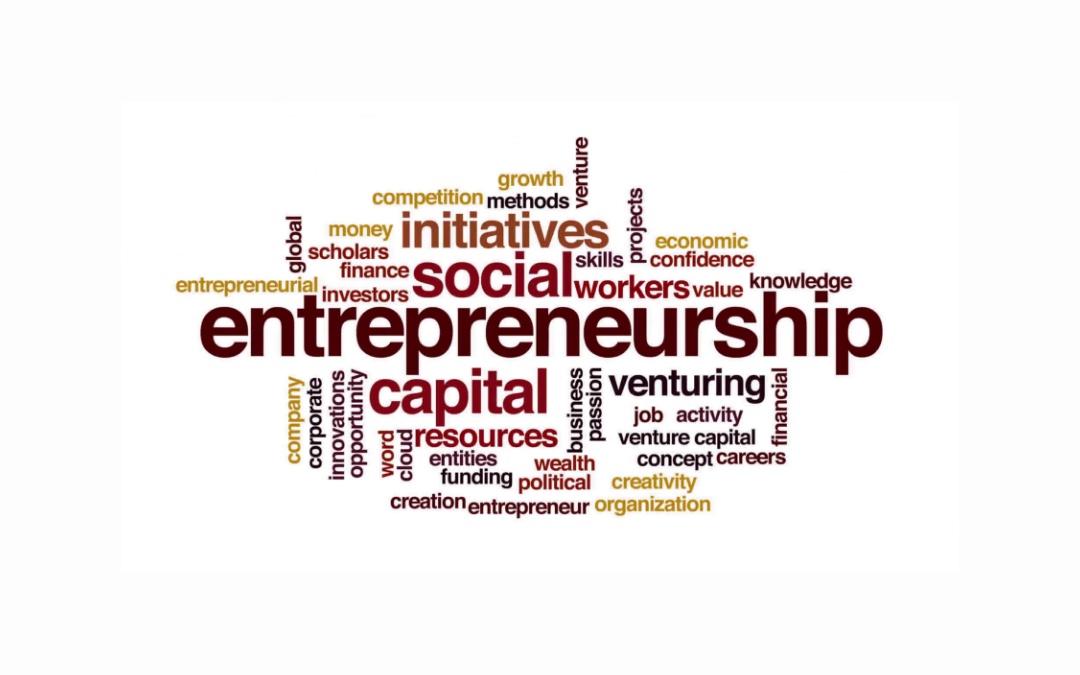Cashflows- When less is more!

Funding is a crucial element for any company in the world. From large companies to startups, funding can make or break a company’s existence. Ironically, Funding acts as a double edged sword. Over funding and poor use/management of funding can lead to eventual failures too. There are several examples from the recent past,
- Dotcom bubble was built by bankers and financiers (like VCs, PEs) investing extreme amounts into early stage tech startup companies at insane valuations without really any proof of underlying business models or technologies. It led to a big crash in 2000/2001.
- Subprime crisis was accumulated by bankers creating structured products on subprime loans without validating underlying asset quality and value. It led to Credit crisis and subsequently the worst downturn since 1929.
In fact, firms need the right amount of Cash to maximize to their true potential while staying humble and achieving the best they can. If they get less, they may get bankrupt, if they get more, they get arrogant and spend it unwisely. See the example of Microsoft versus Amazon as was covered in Harvard Business Review recently. Too much Profits at Microsoft doomed it and they lost their risk appetite, ability to innovate. Today nobody fears Microsoft. Whereas Amazon has kept on reinvesting most profits into future businesses, RnD. Even without any profits, they have built big scalable businesses and a firm that’s known for constant innovation. Also, if we look at startups in some of the emerging countries like China, India; their valuations and funding levels possibly point to big bubbles in the making. And possibly driven again by investors, who are VCs instead of Bankers for a change.
The amount of money raised by the startups is unprecedented. Example, in E-commerce companies, valuations have risen faster than anyone can understand (except their VC investors). This leads to over spending on discounts to customers, their expensive teams; while the real underlying business is loss making and unsustainable in the investor cashflows stop (sales largely arguably happen only due to discounts, which lead to losses for etailers, they bleed money with cash on delivery, double digit percentage product returns hampers it further etc.). In most of these scenarios, entrepreneurs’ holding ends up becoming fairly smaller after rounds and rounds of investments; and investors tend to drive the business strategies which is dangerous and generally driven by the greed of short term valuation gains than long term value creation.
Some of these industries are called to be running a game of moving money from VCs pockets to the Consumers pockets. Someday, somewhere, the buck will stop. It is hard to know at a given point in time whether the funding is ample, less or more. So the entrepreneurs can act reasonably, try spend every penny of your funding as if it were the last round of investment they were ever gonna get, focus on business profitability (as relevant) and do not raise only because their investors want and especially if the funding may not be useful in company growth / true value creation.







